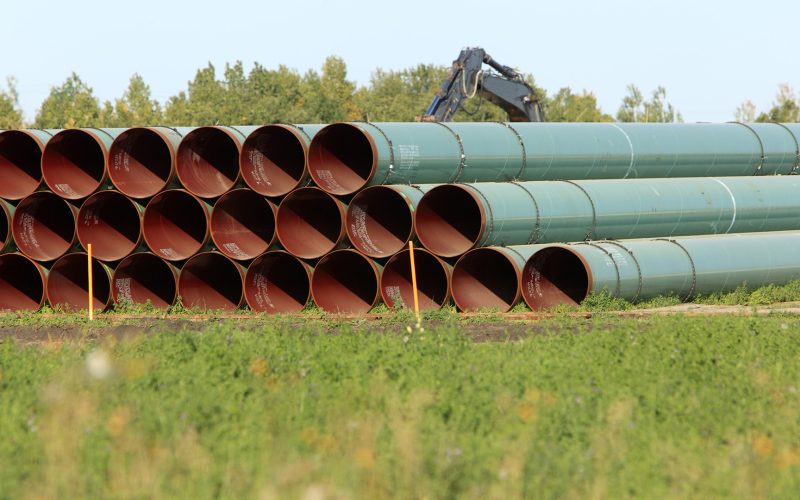THE VOICE FOR THE ENERGY CONSUMER
Originally answering a question from National Journal, Will Midterms Move the Needle on Energy Issues?, CEA’s David Holt urges the U.S. Senate to structure an Energy debate under the same.

Little Rock, Arkansas – Members of Arkansas’ Congressional Delegation joined with state lawmakers, business and labor leaders this morning in front of 350 miles on 80 acres of steel pipeline.
Consumer Energy Alliance Mid-Atlantic Director Mike Butler penned an opinion piece for the Shale Reporter about Beaver County, PA, energy politics in the region and the impact of shale energy.
The Florida Current reports on the Tallahassee press conference that Consumer Energy Alliance – Florida hosted in the State Capitol to urge the White House to approve the Keystone XL.
Consumer Energy Alliance – Midwest Executive Director Ryan Scott writes in the Columbus Business First about the facts about fracking and how a Youngstown ban would negatively impact Ohio. Last.
Houston, TX – Today Consumer Energy Alliance (CEA), an organization that advocates for energy consumers, released 10 tips to help consumers save gas and money this driving season. The Energy.
TALLAHASSEE, FL – In the first of a series of “Finish the Job” events across the United States, this morning Consumer Energy Alliance (CEA) held a press conference at the.
In recent weeks, drivers have begun to see an annual rite of spring & summer – higher gas prices. According to AAA’s Daily Fuel Gauge Report, the average national price.